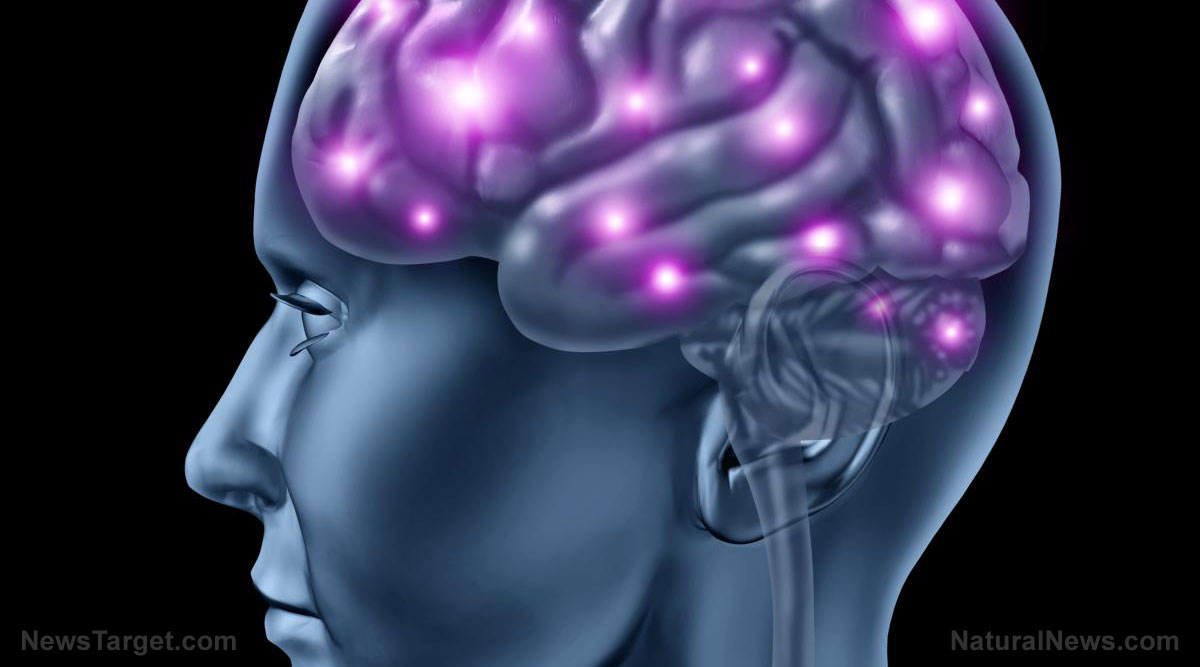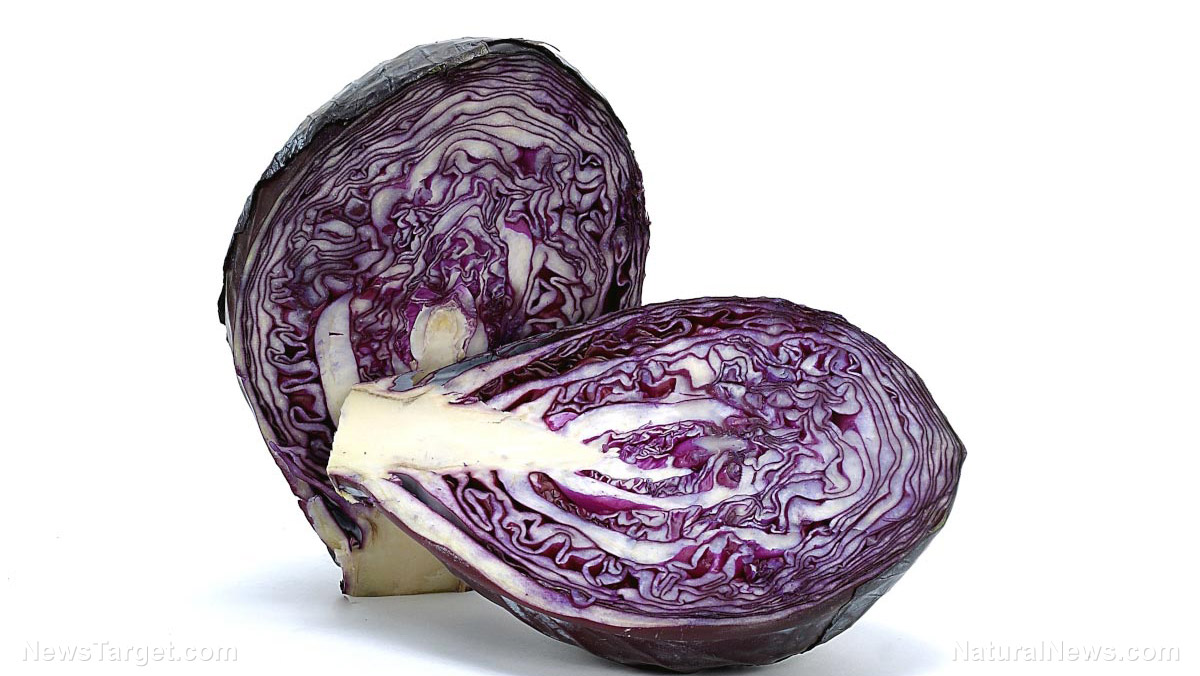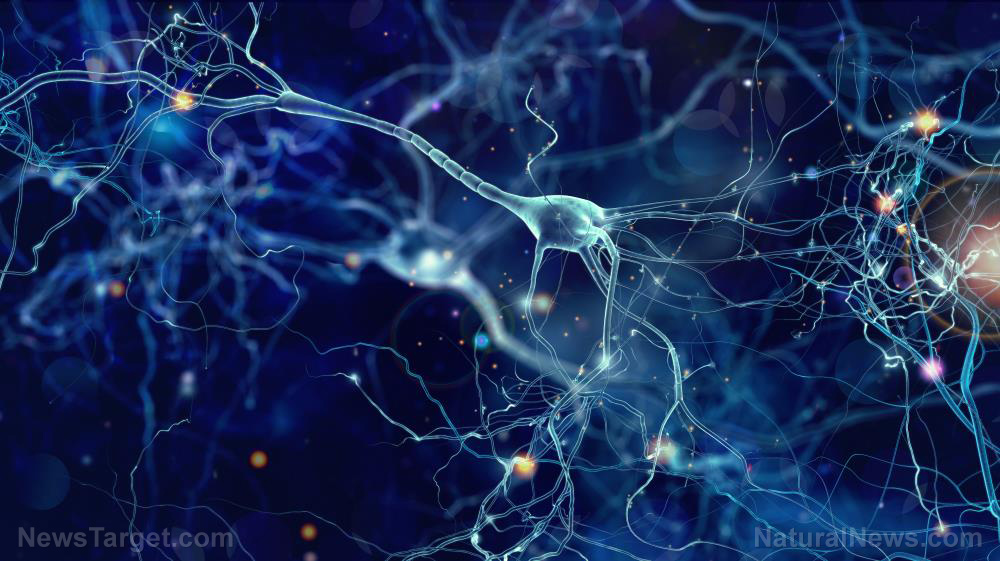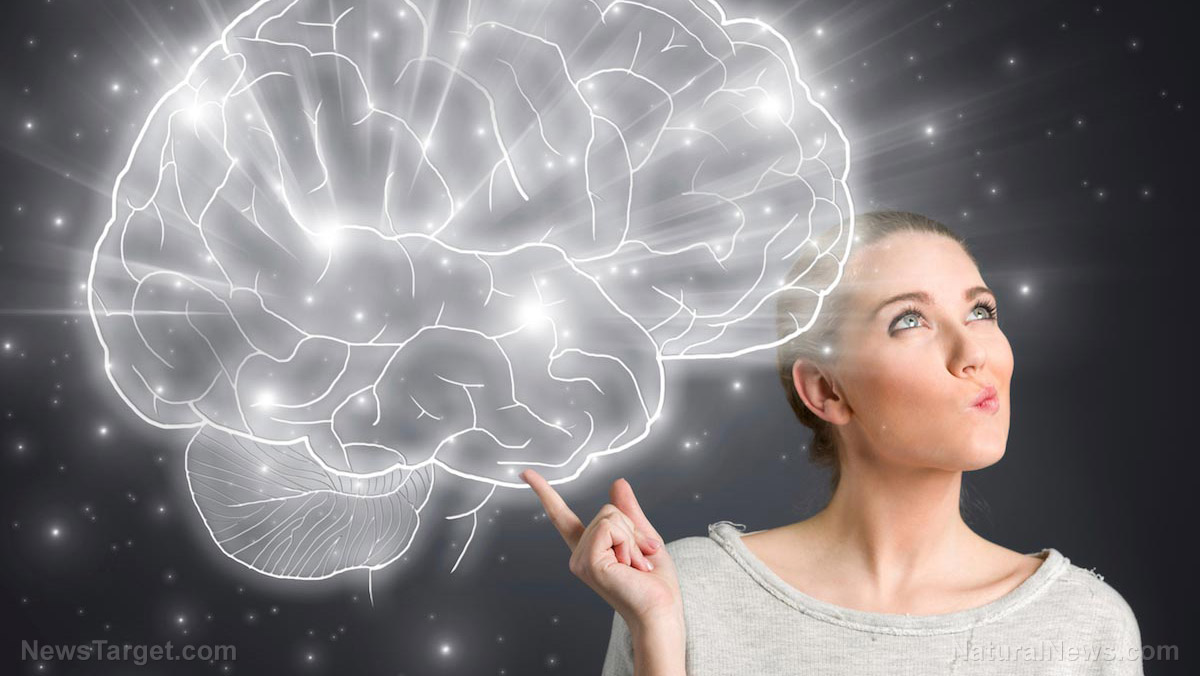New urine test measures stress-related cell damage, revealing your risk for developing age-related disease
09/20/2018 / By Jessica Dolores

Most people judge a person’s age by the presence (or absence) of grey hair, wrinkle lines, age spots and other visible signs. But do you know that a person may have lots of grey hair but have the body of a 30-year-old? Conversely, do you know that a 25-year-old person may have a biological age of 50?
A person’s chronological age may be worlds apart from his biological age. The former depends on the year we were born. The latter refers to how much we take care of ourselves.
It has been found that four of five people have an older heart age than their chronological age. Their blood pressure is higher than someone their age. They show more symptoms of aging than their peers. In other words, outside appearances don’t tell the whole story. You have to look deeper to know the truth.
And the truth, it seems, lies in our urine. A study published in the Frontiers of Aging Neuroscience journal singled out a natural substance in urine that seems to show higher concentrations as people age.
That chemical – 8-oxo-7,8-dihydroguanosine, or 8-oxoGsn for short – is a good indicator of how old or young we really are. The age chemical, or 8-oxoGsn, is the product of slow, lifelong damage to the RNA (ribonucleic acid), a molecule that works with DNA (deoxyribonucleic acid) to develop proteins in most cells and allow gene expression.
Dr. Jian-Ping Cai, the study’s lead author surmised that if aging is the prolonged buildup of damage to cells and tissues, something that measures RNA deterioration can indicate aging. This biomarker can tell what a person’s biological age is, thereby predicting the risk for age-related illnesses, like arthritis, heart ailments, and Alzheimer’s disease. This drove Cai and his peers at the West China Hospital of SiChuan University in China to look for a biomarker based on the free radical theory of aging.
A free radical is an atom or molecule produced when there is oxygen, or oxidation. If an antioxidant fails to neutralize the free radical, it can damage other molecules lodged at the sub-cellular level. Cai explains that aging raises oxidative damage, along with the amount of oxidative markers in our body. The 8-oxoGsn molecule is one such marker. It is the result of the oxidation of guanine found in DNA and RNA.
Cai and his colleagues studied mice, rats, and monkeys, and discovered that 8-oxoGsn in their urine increased as they got older. The researchers later then tapped over 1,200 Chinese men and women aged two to 90 and tried to test the role of 8-oxoGsn in aging.
They found that the level of urinary 8-oxoGsn rose in persons aged 20 and up.
Staying young
It’s true, after all. Age is all in the mind.
We choose our biological age by the way we look at life. A study on 100,000 women showed that the optimists are less prone to die from heart ailments than pessimists. Yet another study revealed that optimists are stronger, have greater balance and endurance than the pessimists.
Positive attitude reduces biological age more than anything else.
Mobility is also important. It’s easy to rely on a motorized wheelchair, a scooter and other mobility aids. But they only raise your biological age. Walk – even how slowly – to attain strength and endurance. Move as much as you can.
Continue being active after retirement. A recent study showed that people take away around two months from their life when they retire. That’s because their body and mind become idle. So do volunteer work, meet up with old friends, learn arts and crafts. It will lessen your biological age. (Related: Anti-aging Tips To Help You Become A Strong, Healthy Adult.)
Aging gracefully is a choice. It takes years off our lives, and help us look and feel younger.
Sources include:
Tagged Under: 8-dihydroguanosine, 8-oxo-7, 8-oxoGsn, age-related illnesses, aging, biological age, blood pressure, chronological age, free radical, free radical theory, oxidative markers, positive attitude, staying young, Urine



















